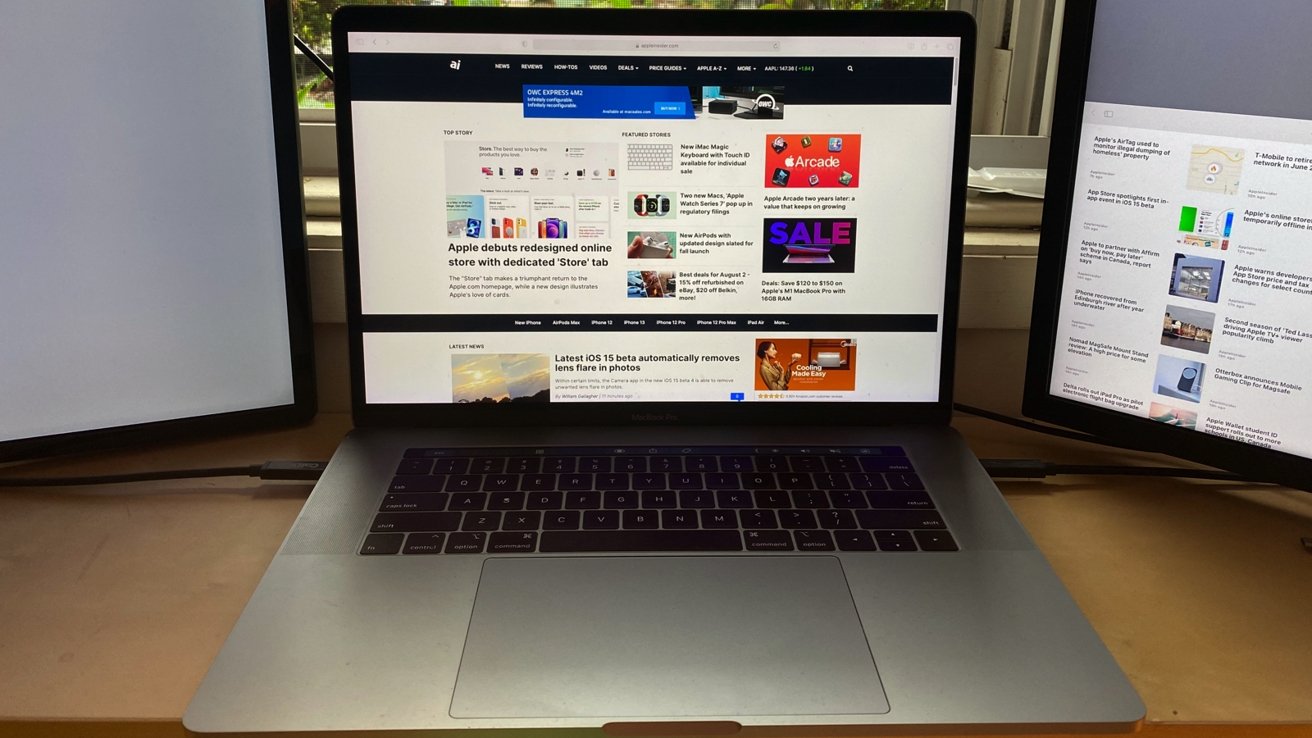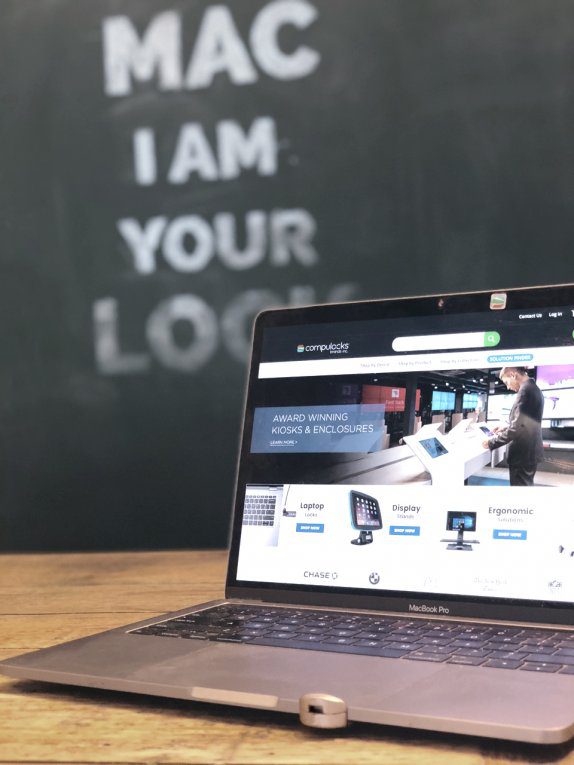
The entry level 13-inch MacBook Pro without the Touch Bar isn't affected, as it has not been updated this year. The issue affects all of Apple's new MacBook Pro models, both 13- and 15-inch. Instructions for how to install the MacOS 10.13.6 update are available here. Customers can expect the new 15-inch MacBook Pro to be up to 70 percent faster, and the 13-inch MacBook Pro with Touch Bar to be up to 2x faster, as shown in the performance results on our website." "We apologize to any customer who has experienced less than optimal performance on their new systems. "A bug fix is included in today's MacOS High Sierra 10.13.6 Supplemental Update and is recommended. We saw that the processor behavior is almost identical in macOS and Windows 10, so the results apply for both operating systems."Following extensive performance testing under numerous workloads, we've identified that there is a missing digital key in the firmware that impacts the thermal management system and could drive clock speeds down under heavy thermal loads on the new MacBook Pro," an Apple spokesperson tells CNET. This is not ideal, but will suffice for our tests. The latter, however, is limited to the official TDP specification like 45 Watts on the 15-inch model, for instance.

You can only deactivate the Turbo Boost completely or adjust the TDP, for example. There is also a tool for macOS called Volta (7-day trial), but the settings are much more limited. We use the Windows tool Intel XTU (freeware), where you can adjust the short-term maximum consumption as well as the long-term figure. The clock will rise as soon as there is some thermal headroom, which results in high temperatures and so on.Īlmost every other laptop manufacturer limits the power consumption of the CPU after a while (usually 28 seconds), and we tried just that with the new MacBooks as well. The clock has to be reduced as a result, and we start to see massive fluctuations after a few seconds of load.

The new processors add two more cores, so there is a lot of heat at high clocks, which cannot be dissipated effectively by the cooling solution. We recommend our reviews of the MacBook and MacBook for an in-depth analysis, but we want to summarize the situation: Apple removes all consumption limitations and the temperature is the only limiting factor for the CPU performance. Especially sustained workloads suffer from performance drops.

We are already reviewing Apple's new MacBook Pro model and the CPU performance in particular is not very good.


 0 kommentar(er)
0 kommentar(er)
